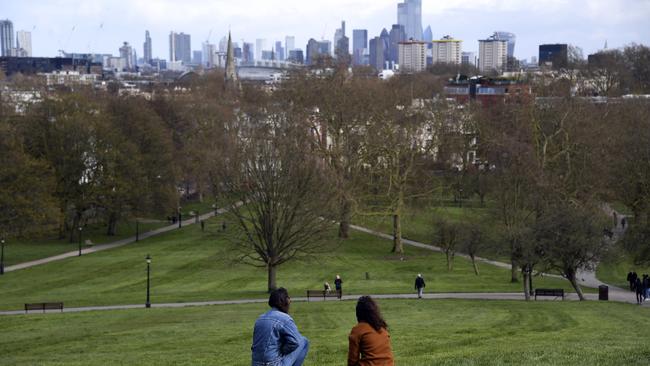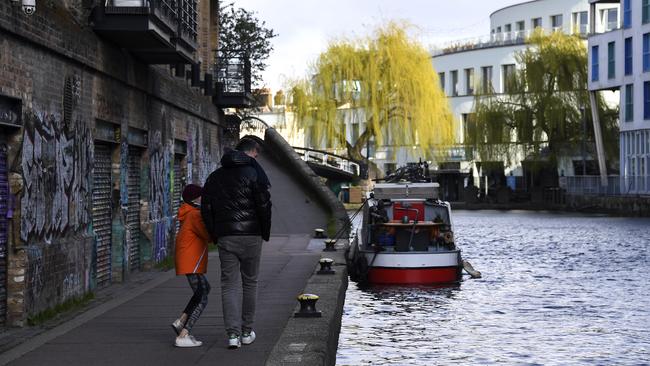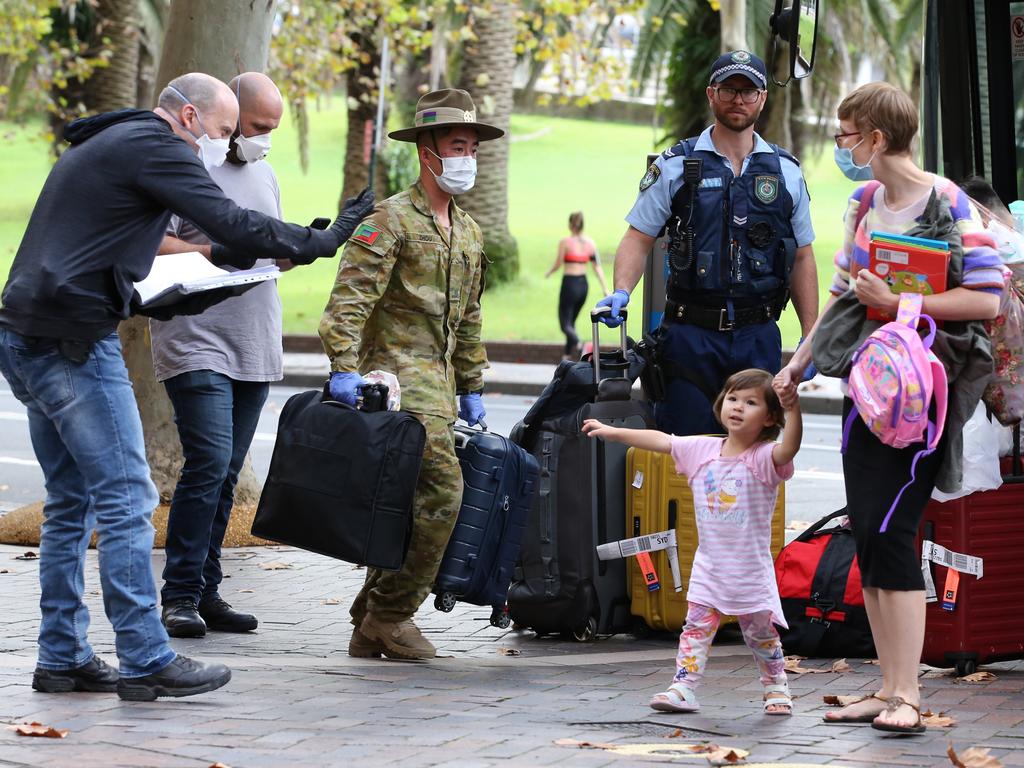Coronavirus: Questions over modelling behind UK’s strict restrictions
Scientist whose flawed foot and mouth modelling led to slaughter of millions of livestock in 2001 is behind UK’s strict lockdown.

His name is forever tainted with a seriously flawed forecast about foot and mouth disease that resulted in the unnecessary slaughter of millions of livestock that saw pyres burning across Britain and cost farmers their livelihoods.
That was in 2001, and now the man who convinced then-Prime Minister Tony Blair to take such extreme action to handle the foot and mouth outbreak is behind Imperial College data that the UK government is relying on to inflict the most extreme social isolation measures in the coronavirus pandemic.
Professor Neil Ferguson heads an Imperial College, London team that has claimed 510,000 people in the UK would die from coronavirus if nothing was done, and by introducing various distancing measures, the curve could be flattened so as few as 20,000 people would die.
Given Professor Ferguson’s unquestionable influence on UK action, and possibly by extension Australia’s two-person social distancing policy that came into effect overnight, his numbers are being carefully scrutinised by others.

Early in March, Professor Ferguson and his team originally underestimated, by as much as half, the numbers of people who might require ventilators, prompting a drastic change in policy by Boris Johnson to try to suppress the virus rather than mitigate the crisis.
Before the UK went into lockdown, Professor Ferguson’s team warned 260,000 people would die if the less restrictive measures remained in place. But just days ago, Professor Ferguson told a parliamentary committee the numbers of deaths would be “substantially less than 20,000,’’ and his team predicted it could be as low as 5,700 – less than the annual toll from seasonal flu – with at least two-thirds of deaths in people who would have died anyway from underlying health conditions.
After an outcry about his changing stance, Professor Ferguson insisted he had been consistent throughout the crisis and that the revised prediction of the potential death toll was because of the strict lockdown put in place by the British government after following his advice.
Professor Ferguson claimed over the weekend that the lockdown would have to stay in place until the end of June, claiming any lift of measures earlier, say in May, would “be optimistic’’.
Yesterday Deputy Chef Medical Officer Jenny Harries mirrored Professor Henderson’s epidemiological assessment, warning it could take six months before a semblance of normality began to return.
Dr Harries said the lockdown measures would be reviewed in two to three weeks.
She said: “If we are successful and have squashed the top of curve we say that’s brilliant but we cannot suddenly revert to a normal way of living, (for those efforts) it will be wasted and we would see a second peak over the next six months.’’
Dr Harries predicted that it would take three to six months before society could get back to normal, warning: “It’s plausible it could go further than that’’.

The British government has effectively put the nation under house arrest and sparked nationwide anxiety on the basis of Professor Ferguson’s mathematics, most severely impacting those aged over 70, who have been told to remain indoors.
Some police forces have hotlines to dob in a neighbour if they exercise more than once a day – an ominous Stasi-like development.
All the while the British economy is tanking, with predictions the unemployed will rise to 2.75m and GDP plummeting 13.5 per cent.
Another professor, Michael Thrusfield of Edinburgh University has claimed Professor Ferguson’s “severely flawed’’ errors 19 years ago led to the cull of more than six million animals that did not need to die. Another government study also found Professor Ferguson and his team at Imperial College used models during the foot and mouth crisis that “were not suitable for predicting the course of the epidemic and the effects of control measures. The models also remain not validated. Their use to predict the effects of control strategies was therefore imprudent.”
The same Professor Ferguson predicted as many as 69,000 deaths from swine flu in 2009 when only a few hundred died.
Professor Ferguson’s coronavirus gloom, contrasts with a study led by Sunetra Gupta, professor of theoretical epidemiology at Oxford University, who believes fewer than one in a thousand of those infected with coronavirus need hospital treatment, with most having mild or no symptoms. He also believes that millions of Britons may have already had the disease.
Another critic of the Imperial College study is John Ioannidis, a professor in disease prevention at Stanford University. He told The Telegraph UK: “The Imperial College study has been done by a highly competent team of modellers. However, some of the major assumptions and estimates that are built in the calculations seem to be substantially inflated.”








To join the conversation, please log in. Don't have an account? Register
Join the conversation, you are commenting as Logout